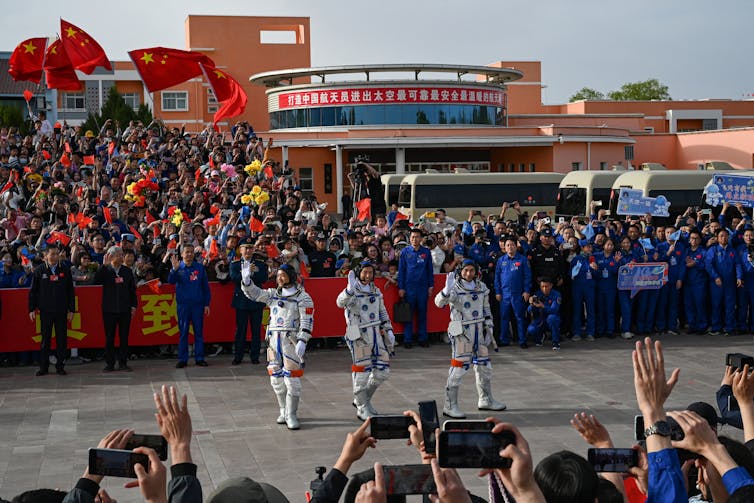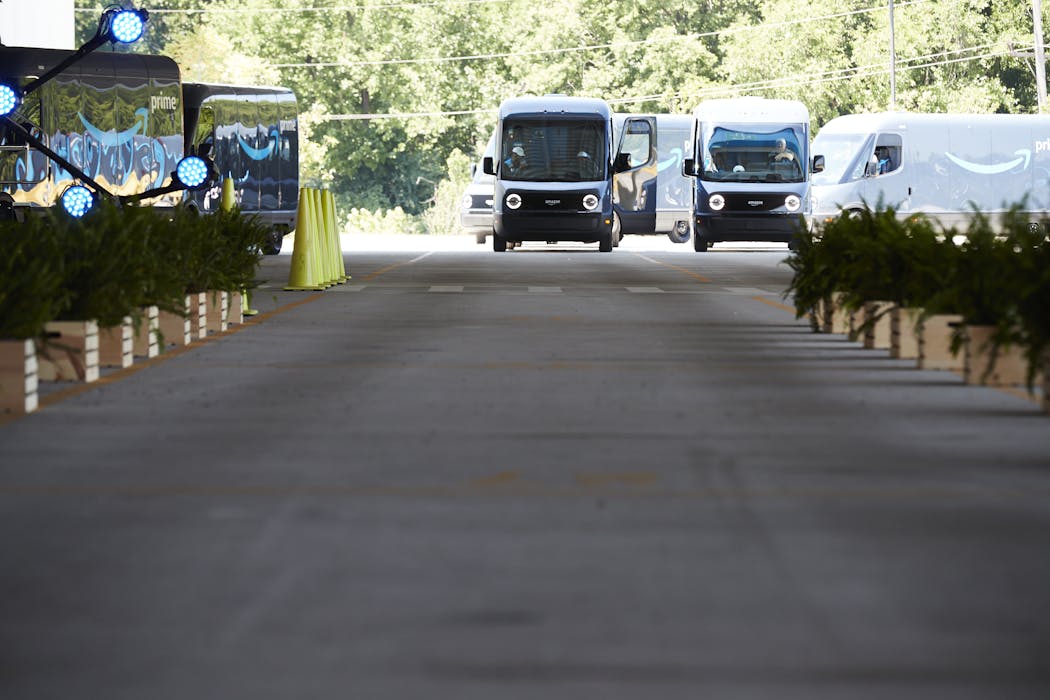Source: The Conversation – UK – By Jasper Kenter, Professorial Research Fellow, Deliberative Ecological Economics, Aberystwyth University

The UK budget is usually a story of growth forecasts, borrowing levels and fiscal discipline. But ahead of this month’s high-stakes event, growth has been slower than expected. At the same time, as households struggle with living costs, the climate crisis intensifies and inequality persists, growth might seem like too narrow a focus.
Conventional economics – with its reliance on GDP growth – cannot respond to the global “polycrisis”. This is the overlap between climate change, biodiversity loss, energy and food insecurity and extreme inequality – all amplified by geopolitical instability.
Recent research my colleagues and I conducted shows that a “new economics” is needed in the face of these challenges. Drawing on hundreds of sources across 38 schools of thought, we distilled ten principles focused on wellbeing, justice and ecological resilience that could offer a way to rethink national economic strategies.
New economic principles are not a luxury that we can ignore at times of fiscal constraint. They are a necessity because orthodox economic thinking has been a key reason for the polycrisis.

The Conversation and LSE’s International Inequalities Institute have teamed up for a special online event on Tuesday, November 18 from 5pm-6.30pm. Join experts from the worlds of business, taxation and government policy as they discuss the difficult choices facing Chancellor Rachel Reeves in her budget. Sign up for free here
Mainstream economics thinks of individuals as selfish “rational maximisers”. That is to say, their decisions are about creating optimal outcomes for themselves. It also assumes that markets allocate resources efficiently, and that GDP growth is the surest path to progress.
But these assumptions look increasingly out of step with reality. Growth has often come with rising inequality, precarious work and environmental degradation, and is increasingly difficult to attain. The COVID pandemic showed that global supply chains are optimised for efficiency but not resilience. The war in Ukraine highlighted the risks of dependence on fossil fuels and authoritarian regimes.
Meanwhile, the ecological and climate crises show that endless GDP growth on a finite planet is a dangerous illusion. What is required now is a transformation of the values and institutions that underpin economic life.
Transformation becomes more plausible in moments of crisis. These expose the weaknesses of existing systems and open up political space for alternatives. Governments can act quickly – as the UK did with furlough and other COVID interventions.
Ten principles for a ‘new economics’
The “new economics” movement is a collection of many approaches. This diversity is a strength, but also a challenge. The core narrative of traditional economics around free markets and growth has been repeated so many times that it may seem like there is no alternative. But our research identifies ten cross-cutting principles that give the new economics movement coherence.
-
Wellbeing for people and planet: economies exist within societies and ecosystems, and their purpose should be to support both human and planetary wellbeing
-
Recognising complexity: no single discipline has all the answers. Economics must integrate insights from ecology, sociology, philosophy, indigenous knowledge and other fields
-
Limits to growth: we cannot assume endless economic expansion on a planet with finite resources
-
Nature is irreplaceable: “natural capital” (for example, soil, forests and water) cannot simply be swapped for human-made substitutes
-
Design focused on regeneration: economic systems should be circular and restorative rather than continuing to extract resources from the planet
-
Holistic views of people and values: people are not just self-interested consumers; perspectives should be based on human dignity and enhance people’s opportunities to achieve the lives they value
-
Equity and justice: reducing inequality must be a central economic goal, not an afterthought
-
Relationality: economies should nurture trust, reciprocity and community, rather than erode it
-
Participation and cooperation: businesses and policymakers should involve citizens directly, through discussion and collaboration
-
Post-capitalism and decolonisation: be open to models beyond the dominant approach focused on the endless accumulation of wealth.
Few approaches embody all ten principles, but each offers part of the picture. For example, ecological economics stresses environmental limits, while feminist economics centres on justice and care.
So what does this look like?
Crucially, this is not just academic debate. The UK has already experimented with elements of new economics, for example, through the Welsh Wellbeing of Future Generations Act. The act is an example of embedding new economic thinking into law, though there are challenges in enforcing it.
Welsh public bodies must work towards seven wellbeing goals, including prosperity, resilience, equality and global responsibility. This shifts policymaking from short-term growth to longer-term wellbeing.

Steve Travelguide/Shutterstock
And cities like Amsterdam have adopted so-called “doughnut economics” to guide planning. The city set targets for meeting residents’ needs (the inner ring of the “doughnut”) while staying within planetary boundaries (the outer ring). Initiatives include sustainable construction standards, reducing food waste and promoting inclusive housing.
Similar experiments are gathering momentum. The Wellbeing Economy Governments initiative connects countries pursuing post-growth strategies. Costa Rica’s ecosystem-based development, Bhutan’s “gross national happiness” measure, and New Zealand’s living standards framework are all innovative approaches that look beyond GDP growth.
By drawing on the ten principles in the budget and beyond, UK chancellor Rachel Reeves could build on these experiments. This would mean embedding wellbeing, justice and sustainability into her economic strategy.
Ultimately, applying these principles could mean that infrastructure spending could be guided by the limits of the planet. And other investments could support nature recovery, community food systems and the circular economy. Wellbeing and environmental indicators could be a central part of future budgets. And citizen assemblies could give people a voice in the economic decisions that affect them.
These changes would not discard fiscal responsibility. But they would broaden its meaning, making it about sustainability and fairness as well as balance sheets.
Economics is not a neutral science but a set of choices about the future we make possible. Governments could continue with a model that prioritises growth at all costs, leaving people vulnerable to crises and inequality. Or they could be guided by principles that put wellbeing, fairness and ecological resilience at the core.
In the run up to the budget, we should be asking not just how fast our economy can grow, but whether it is helping us to thrive within the planet’s limits.

The Conversation and LSE’s International Inequalities Institute have teamed up for a special online event on Tuesday, November 18 from 5pm-6.30pm. Join experts from the worlds of business, taxation and government policy as they discuss the difficult choices facing Chancellor Rachel Reeves in her budget. Sign up for free here
![]()
Jasper Kenter is Principal Investigator for the Global Assessment for a New Economics (GANE), Honorary Fellow of the University of York and former Lead Author for the Intergovernmental science-policy Platform on Biodiversity and Ecosystem Services (IPBES). GANE has received funding from the Leverhulme Trust, the Laudes Foundation and the University of York. Jasper Kenter has received further relevant funding from UK Research and Innovation (UKRI).
– ref. Why the UK should look beyond growth to a ‘new economics’ that works for all – https://theconversation.com/why-the-uk-should-look-beyond-growth-to-a-new-economics-that-works-for-all-267378


















